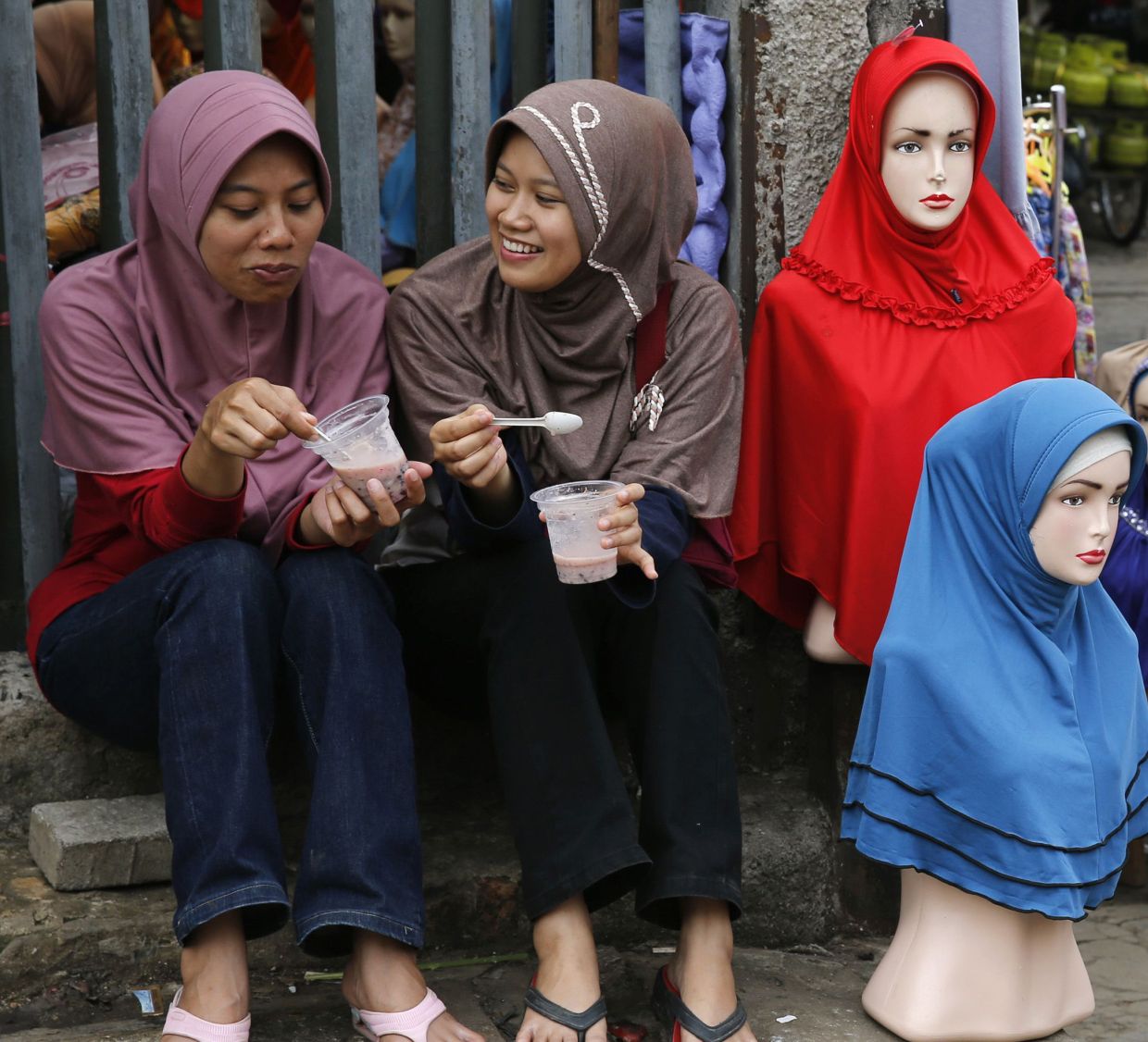Muslim Women Have Healthier Self-Image

The hijab, or headscarf, is often portrayed in the West as a symbol of victimization—and by many Muslims as a badge of religious and cultural identity.
In Europe, anti-hijab sentiment has reached fever pitch in recent years. In China, the government went so far as to offer reward money for turning in women wearing headscarves. In the Canadian province of Quebec, a leading opposition nationalist party wanted to ban the headscarf and all other religious symbols for public workers. The move failed but nearly 70% of Quebec’s citizens supported it.
Lost in the often vitriolic debate, however, are the voices of Muslim women. A new study, conducted by researchers at the University of Westminster in the UK and HELP University College in Malaysia, found that Muslim women who wear a hijab generally have more positive body image, are less reliant on media messages about beauty ideals and place less importance on appearance than those who do not wear the headscarf.
“While we shouldn’t assume that wearing the hijab immunizes Muslim women from negative body image, our results do suggest that wearing the hijab may help some women reject prescriptive beauty ideals,” said lead author Dr. Viren Swami, in a release on the study.
A total of 587 British Muslim women participated in the study. They all lived in London, ranged in age from 18 to 70 years old and their self-reported body mass index (BMI) rates ranged from 15.56 to 35.84 kg (34.3 to 79 lbs.). The majority, 79%, were unmarried, and roughly 76% of them had a college undergraduate degree. About 36% were Bengali or Bangladeshi, 31% Pakistani, 10% Indian, and the remainder Arab and from other ethnic groups. All were British citizens.
The researchers began with the simple question: ‘How frequently do you wear an Islamic headscarf?’ with responses provided on a 5-point scale (1 = Never, 5 = Always). Initial results showed that 218 or 37% of the women recorded having never used a hijab; the other 369 said they had used some form of the hijab.
To measure participants’ body image, the researchers measured their actual weight versus what they would like their ideal weight to be. They did this by presenting women with 10 photographs of women of different weight categories. The images were in grayscale, so as not to distinguish the race or ethnicity of any one subject.
Participants had to choose both the image that most closely matched their own body type and one that displayed the body type they would like to have. The responses were calculated on a 10-point scale (1 = Figure with the lowest BMI, 10 = Figure with the highest BMI). Among those participants who reported using the hijab, researchers found that it “significantly” predicted weight discrepancy and body appreciation over and above religiosity.
It could be, the researchers concluded, that the physical hijab itself, not one’s religious feelings to wearing one, protected these women’s image of their bodies. They have called for further research into the issue.
The findings were published in the August edition of the British Journal of Psychology.

















